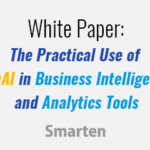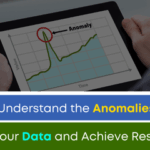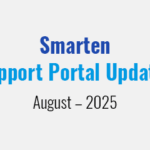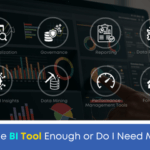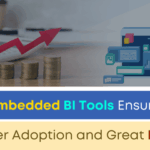Plan for Your Augmented Analytics Project to Ensure Success
Gartner has predicted that, in the future ‘…40% of data science tasks will be automated, resulting in increased productivity and broader usage by citizen data scientists.’ If you are planning to implement an augmented analytics solution, you must have a comprehensive plan. To succeed with your deployment and user adoption of this solution, your team must organize its requirements and address technology, user and customer concerns. In this article, we provide an overview of the factors and considerations to include in your project plan.
‘Ensure analytical clarity and results with seamless self-serve analytics and explore the features and modules to see how your business can use analytics to achieve its goals.’
Reviewing Requirements
Work with your IT team to review your existing infrastructure, network, hardware, and data storage and the landscape of solutions and apps that will require integration with the augmented analytics platform. Be sure you have a thorough understanding of your business user community, their existing technical skills and the issues they are likely to present when you suggest a new analytics solution. This understanding will allow you to better communicate with your team, and to choose the right solution to address your needs. Establish a common understanding of your goals. What do you want to achieve by implementing an augmented analytics solution? What problems will it solve? What opportunities does it present?
Involving Stakeholders, Customers, Users, IT, etc.
Do not work in a vacuum! You cannot present a comprehensive solution and set metrics for success if you don’t understand the issues. Involve your business users, management team, IT team and stakeholders (suppliers, customers, etc.) in the discussion. You will gain a much better understanding of how people work today, and you can anticipate the questions and issues, and even identify the numerous opportunities inherent in the prospective interaction of these communities with the analytics solution and its potential. Develop Self Service analytics examples and use cases to help business users understand how this new initiative can make their jobs easier.
Budgeting and Scheduling
Self-Serve analytics does not have to be costly, but it can be if you a) do not have the right understanding of your requirements and b) if you don’t choose the right solution and the right vendor. Work with your team and the IT partner to develop a realistic budget and schedule (don’t underestimate or overestimate). Self Service Analytics can save you money in the long-term, so when you develop your budget and your presentation, be sure to offset the cost of the new system and implementation with the overall savings you expect. Decide whether you will implement the self-service analytics solution across the enterprise, or start small in one department or division and learn from that implementation. Decide whether it is time to upgrade or change technology or equipment while you are implementing the new solution. Perhaps you want to shift from a data warehouse to cloud storage. If you choose the right self service data analytics tools with the right self service analytics capabilities, you can avoid a cumbersome, long training schedule. Be realistic about your implementation expectations and include budgeting and time for champions, power users and support to ensure appropriate user adoption.
‘To succeed with your deployment and user adoption of this solution, your team must organize its requirements and address technology, user and customer concerns.’
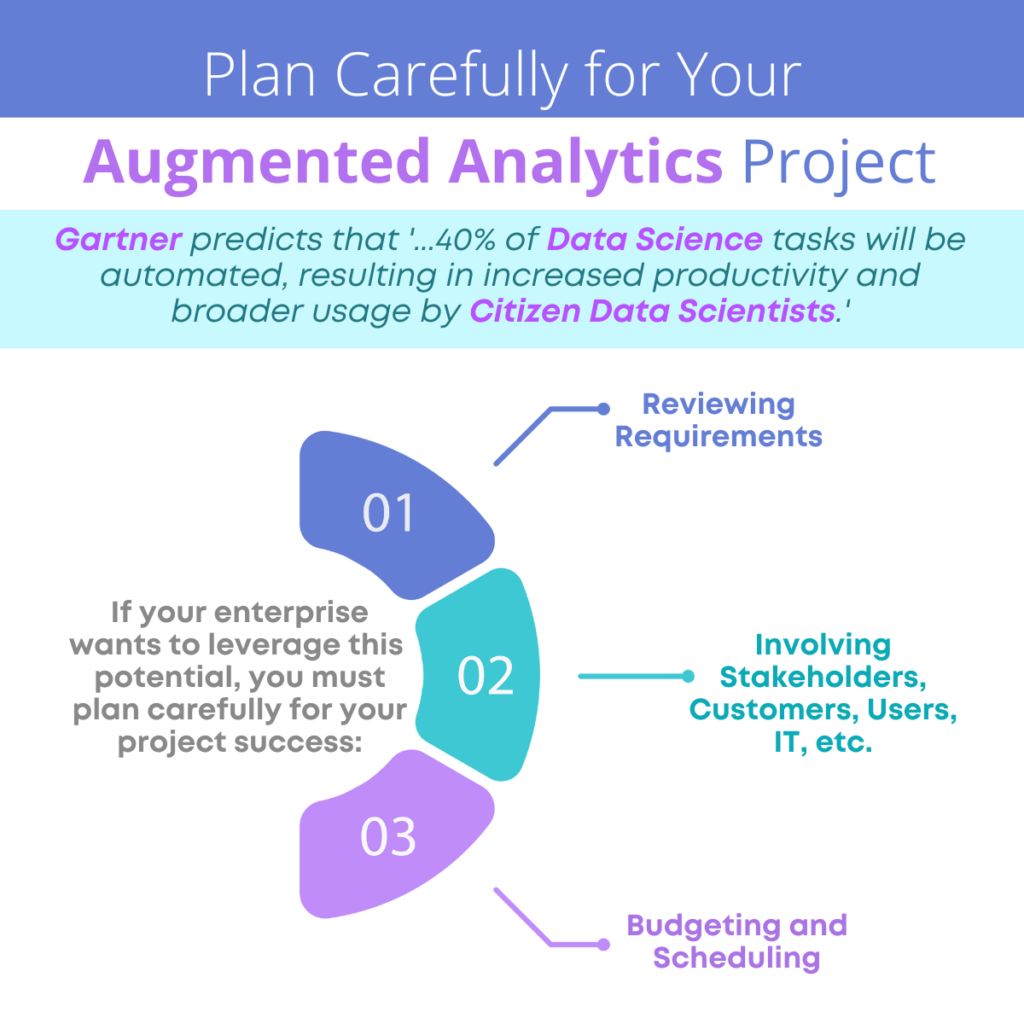
For a detailed discussion of Augmented Analytics and related topics, read our article: ‘Augmented Analytics Guide: What Is Augmented Analytics, And How Can Self-Service Analytics Help Your Business.’
Contact Us to find out how augmented analytics Technology can support your enterprise, and ensure analytical clarity and results. Discover the next level of self-serve analytics with Augmented Analytics and explore the features and modules to see how your business can use analytics to achieve its goals. Find out how to gather requirements and plan for an analytics project to improve business user Data Literacy. Ensure analytical clarity and results with seamless self-serve analytics and explore the features and modules to see how your business can use analytics to achieve its goals. Explore our complementary articles on Augmented Analytics: ‘Understanding Augmented Analytics And Its Evolution,’ ‘The Importance And Benefits Of Augmented Analytics,’ ‘Assessing Augmented Analytics Companies, Vendors And Services,’ and ‘Augmented Analytics Guide: What Is Augmented Analytics, And How Can Self-Service Analytics Help Your Business.




